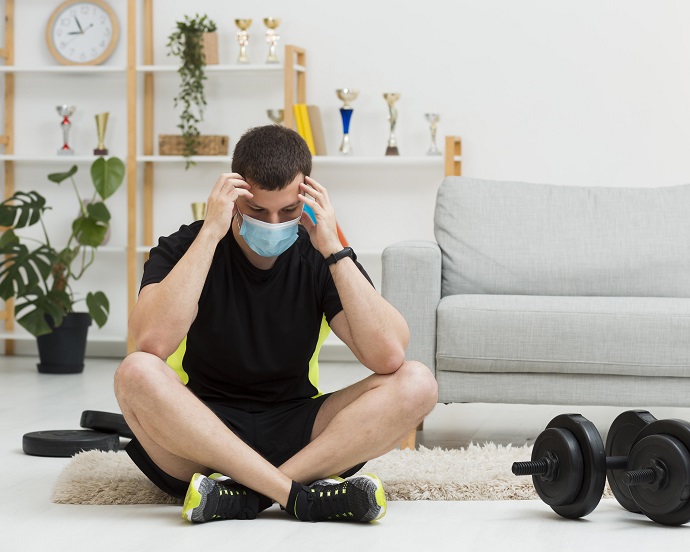
With the onset of COVID-19, the whole world came to a halt. Since people are restricted in traveling to evade the spread of the novel coronavirus. Following which the countries announced the lockdown not permitting the movement within the regions.Impact of COVID-19 on sports as well as lives of many sportsperson
Table of Contents
Impact on sportsperson
Since the lockdown in early March those in the sports arena are greatly affected.Their daily rituals of practice and workout activity could not be continued.
Outdoor activities are restricted,the impact of COVID-19 not only affecting sports people have become lazier and inactive.Further leading to weight gain and improperly balanced diet.With more screen time and less of physical activity results in sluggish and passivity.
Impact on events and sports calendar
There are no sporting events held since the pandemic. Several sporting events at international and national levels are either canceled or postponed.
From marathon to football tournaments, athletics, basketball, handball, rugby, cricket, weightlifting, wrestling and more. For the first time in history Olympics and Paralympics have been postponed and will be held in 2021.
It also affects revenues of the sports industry, tourism industry, travel agencies, catering, infrastructure, media broadcasting among others.
Despite the cancellations and postpone of various sporting events, the Indian Cricket team is geared up for the upcoming T20 match with Australia in October 2020.
Suggestion for daily workout
Lack of workout and physical activity can lead to mental health issues, stress or anxiety in this hard time. There are some who lose their families and loved ones from the virus. So this prompts to spread more care and support in this humanitarian crisis.
Also the WHO recommends 150 minutes or 75 minutes of moderate to intensive physical activity per week. Since the benefits of such exercises are proven helpful in times of anxiety, crisis and fear.
Even though there is limited space one can stay active, doing house chores, dancing, practice yoga, meditate, stretch-out, etc. Therefore one must not stay idle but keep oneself occupied.
There are online training programs available on social media giving instructions on a daily basis. Such programs and interactions are increasing and are accessible to all groups of ages.
Conclusion
The government and civil entities must collaborate and support physical activity at home. Meanwhile the norm of social distancing must not be ignored. However there are certain sections in society without access to the internet. The solution to such problems must be sought. It is advisable to create a flexible and consistent daily routine of physical exercise that will help reduce stress and anxiety.
I like the content and knowledgeable !
Thank you.